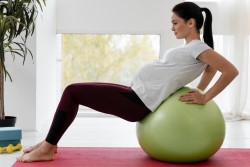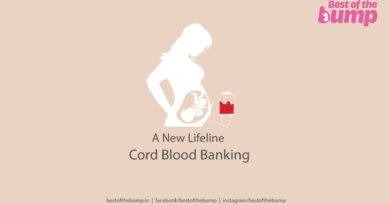Kegel Exercises in Pregnancy
Kegel Exercises in Pregnancy, Pregnancy is a transformative journey that brings about numerous physical changes in a woman’s body. Among these changes, the health and strength of the pelvic floor muscles become particularly important. The pelvic floor plays a crucial role during childbirth and is responsible for maintaining urinary continence. Kegel exercises, also known as pelvic floor exercises, offer a simple yet effective way to strengthen these muscles, providing numerous benefits during and after pregnancy. In this article, we will explore the significance of Kegel exercises in pregnancy, their techniques, and the long-term advantages they offer for women’s health.
Understanding Kegel Exercises

Kegel exercises are named after Dr. Arnold Kegel, who first introduced them in the 1940s as a means to strengthen the pelvic floor muscles. These exercises involve contracting and relaxing the muscles that support the bladder, uterus, and rectum. The primary purpose of Kegel exercises during pregnancy is to enhance the tone and endurance of the pelvic floor, as these muscles undergo considerable stress during gestation and childbirth.
The Benefits of Kegel Exercises in Pregnancy
- Pelvic Floor Support: The pelvic floor muscles provide vital support during pregnancy as the uterus expands to accommodate the growing baby. Strengthening these muscles helps reduce the risk of pelvic organ prolapse and stress urinary incontinence, a common issue during and after pregnancy.
- Preparation for Labor: Kegel Exercises in Pregnancy, Strong pelvic floor muscles can aid in the pushing phase of labor, making it more effective and potentially reducing the duration of the second stage of labor.
- Postpartum Recovery: After childbirth, the pelvic floor muscles can be weakened, leading to issues like urinary incontinence and reduced sexual satisfaction. Regularly practicing Kegel exercises during pregnancy can contribute to a speedier and more effective postpartum recovery.
- Enhanced Sexual Pleasure: Strengthening the pelvic floor muscles can result in increased sensitivity and improved muscle control during intercourse, leading to enhanced sexual pleasure for both partners.
Techniques to Perform Kegel Exercises

- Isolate the Pelvic Floor Muscles: Kegel Exercises in Pregnancy, to perform Kegel exercises, the first step is to identify and isolate the pelvic floor muscles. One way to do this is to try to stop the flow of urine midstream while urinating. However, it’s important not to make a habit of starting and stopping urine flow regularly, as it may lead to incomplete bladder emptying and increase the risk of urinary tract infections (UTIs).
- Tighten and Hold: Kegel Exercises in Pregnancy, after identifying the pelvic floor muscles, tighten them and hold the contraction for at least five seconds before releasing. It is essential to focus solely on the pelvic floor muscles and avoid tensing the abdomen, thighs, or buttocks during the exercise.
- Biofeedback Training: Kegel Exercises in Pregnancy, for some women, it may be challenging to isolate the pelvic floor muscles initially. In such cases, a healthcare provider may recommend biofeedback training. During this process, a small probe may be inserted into the vagina, or adhesive electrodes may be placed outside the vagina to monitor the pelvic floor muscle contractions.
- Repetition and Frequency: Aim to perform three sets of twenty Kegel exercises daily during pregnancy. These exercises can be incorporated into daily routines and can even be done during sexual activity.
Kegel Exercises Beyond Pregnancy

Kegel Exercises in Pregnancy, the benefits of Kegel exercises extend beyond pregnancy and childbirth. Regularly practicing these exercises throughout life can help maintain pelvic floor health, as several factors, such as aging, weight gain, and hormonal changes, can weaken the pelvic floor muscles over time.
Kegel Exercises in Pregnancy are a valuable tool for expectant mothers to maintain the health and strength of their pelvic floor muscles during pregnancy. These simple yet effective exercises can contribute to better bladder control, a smoother labor experience, and enhanced postpartum recovery. Additionally, Kegel exercises offer long-term benefits for women’s health by reducing the risk of pelvic floor disorders and promoting sexual satisfaction. Incorporating Kegel exercises into daily routines is a small yet significant step towards ensuring a healthy pregnancy, a smooth childbirth, and overall well-being throughout a woman’s life. Whether pregnant or not, taking care of the pelvic floor through Kegel exercises empowers women to embrace the changes their bodies undergo and maintain optimal pelvic health for a lifetime of vitality and confidence.
See This also.




